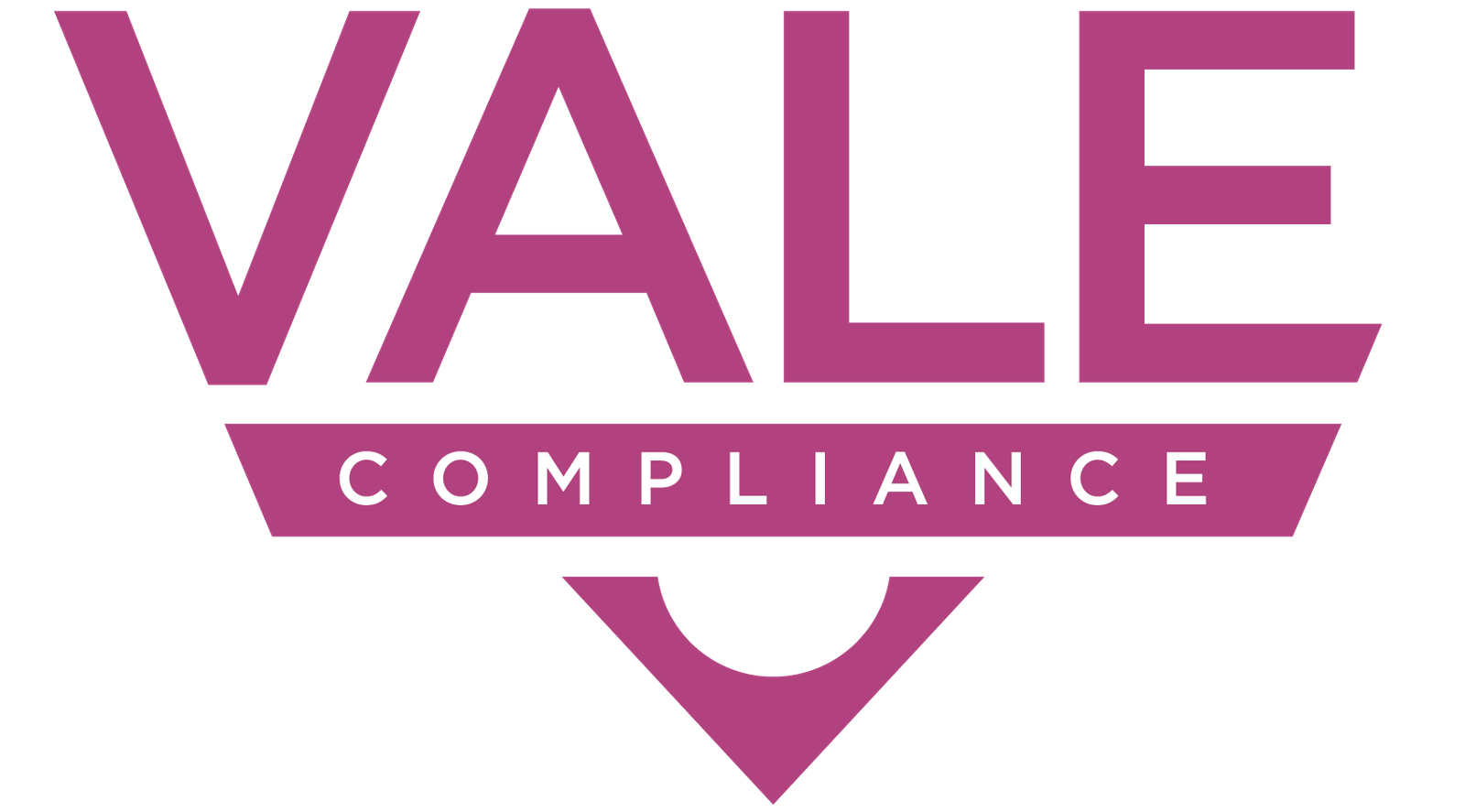The United Nations Department of Economic and Social Affairs estimated that annual money laundering flows at $1.6 trillion, accounting for 2.7% of global GDP in 2020. Not surprisingly, this incredible statistic is of great concern to nations around the world, resulting in an increased level of regulatory compliance for financial services, professional advisors and clients alike.
Equally incredible is the growth of money laundering practises, given the number of years efforts have been in place to counteract these illicit activities. For most professionals working in the financial services industry, anti-money laundering (AML) policy is a concept that was learned in university studies and early in careers. Few of these practitioners may appreciate that AML has been practiced for 50 years.
In 1970, the world’s first piece of dedicated AML legislation was passed in the United States – The Bank Secrecy Act (BSA) . It was introduced in response to an increasing number of criminals using foreign bank accounts to perform illegal activities. The BSA now required specific record-keeping and reporting obligations for banks and other financial institutions to prevent money laundering, terrorist financing and other illegal forms of financial activity. Four types of reports were initially required:
· Currency transaction reports
· Foreign bank account reports
· Currency and monetary instrument reports
· Other reports on transactions, such as money orders and traveler’s checks
Since then, additional reporting requirements have been introduced such as suspicious activity reports, the 2001 Patriot Act that was introduced in 2001 following the 9/11 attacks and most recently in 2021, the AMLA Act, which strengthens BSA by addressing emerging technologies such as crypto currencies and requiring beneficial ownership requirements for US firms.
The new regulations introduced in the last 50 years in the US have not been without challenges. Supreme Court challenges have been made over privacy violations and arguments before justices have suggested that banks and other institutions are now bearing the burden of being “agents of government” in the surveillance of private citizens.
The European Union also implemented AML policies, albeit two decades later than the United States. The EU enacted its First Directive to combat money laundering in 1991 (Council Directive 91/308/EEC).
In 2001 a Second Directive was amended and updated by the EU to refine the existing provisions created by the First Directive and to address gaps in the original legislation.
The EU then introduced a third Anti-Money Laundering and Financing of Terrorism Directive in 2006, to address the susceptibility of non-financial businesses and professions such as lawyers, and also to address the changing political and economic landscape following 9/11 and the Madrid Bombings.
The United States and the European Union are not alone in their efforts to combat money laundering and terrorism financing. In 1989, a group of countries and international organziations formed the Financial Action Task Force (FATF), with a mandate to create international AML standards. The mandate was expanded to cover terrorism financing following the 9/11 attacks. The International Monetary Fund and the United Nations have also enacted policies to encourage the respective memberships to combat terrorism financing and organized crime.
The Cayman Islands has been an active global participant in combatting money laundering. In 2008, Cayman introduced the Proceeds of Crime Law and the Money Laundering (Amendment) Regulations. Since then the Cayman Islands Monetary Authority (CIMA) updated regulations in 2017 with the Anti Money Laundering Regulations (AMLR’s). In 2021, the EU placed the Cayman Islands on a watch list for compliance with 40 recommendations from FATF. In May 2022, the European Commission’s Directorate-General for Financial Services and Capital Markets Union (DG FISMA) confirmed that no additional measures beyond those included in the FATF action plan (listed above) are required to remove the Cayman Islands from the European Union’s (EU) AML/CFT list.
Vale Compliance is a full-service Cayman Islands based compliance firm that offers a team of qualified professionals with over 60 years of combined experience in the financial services, legal and regulatory industries. Vale assists clients in remaining informed on the latest regulations that are important to Cayman Islands registered fund managers and administrators.

